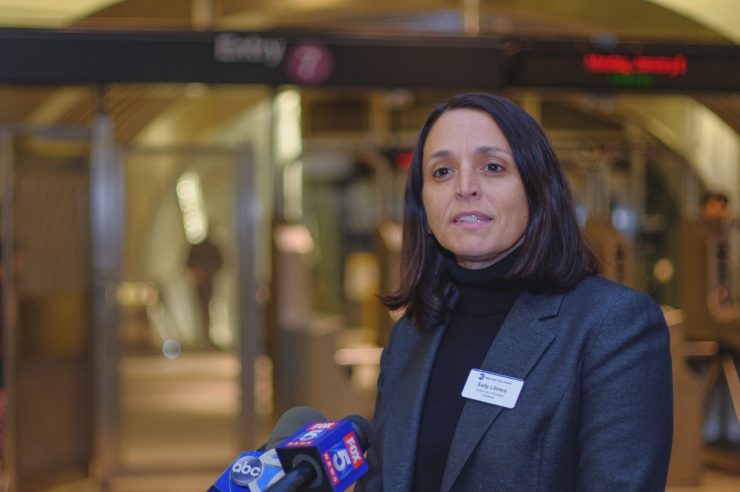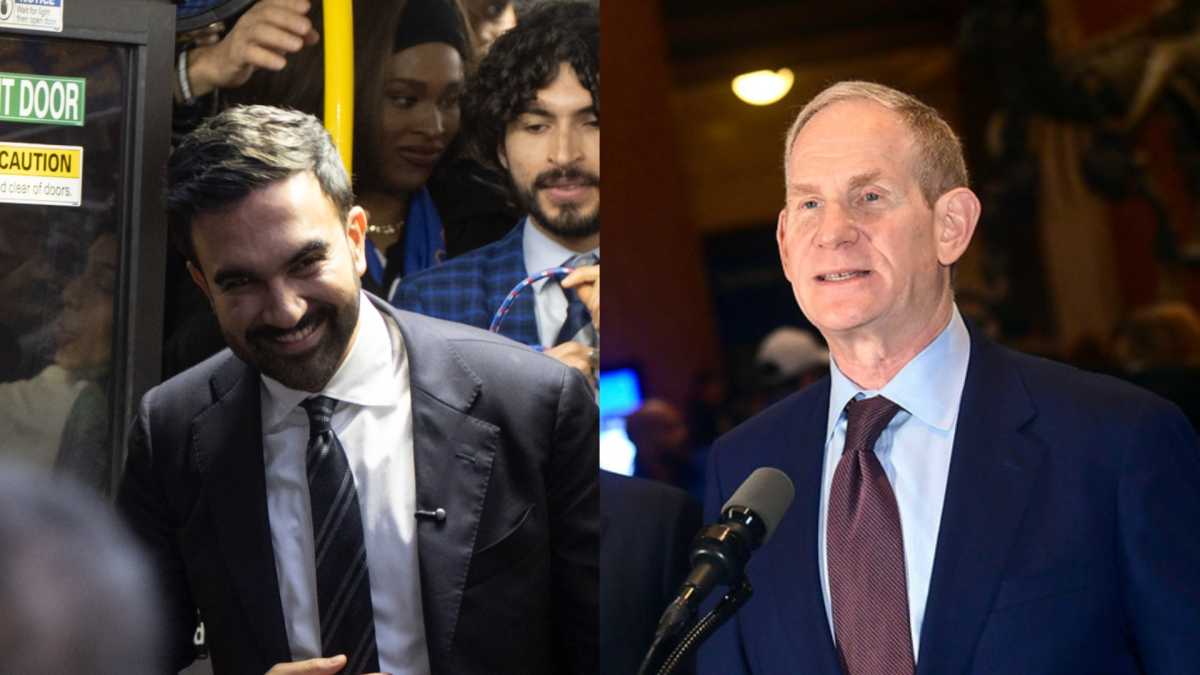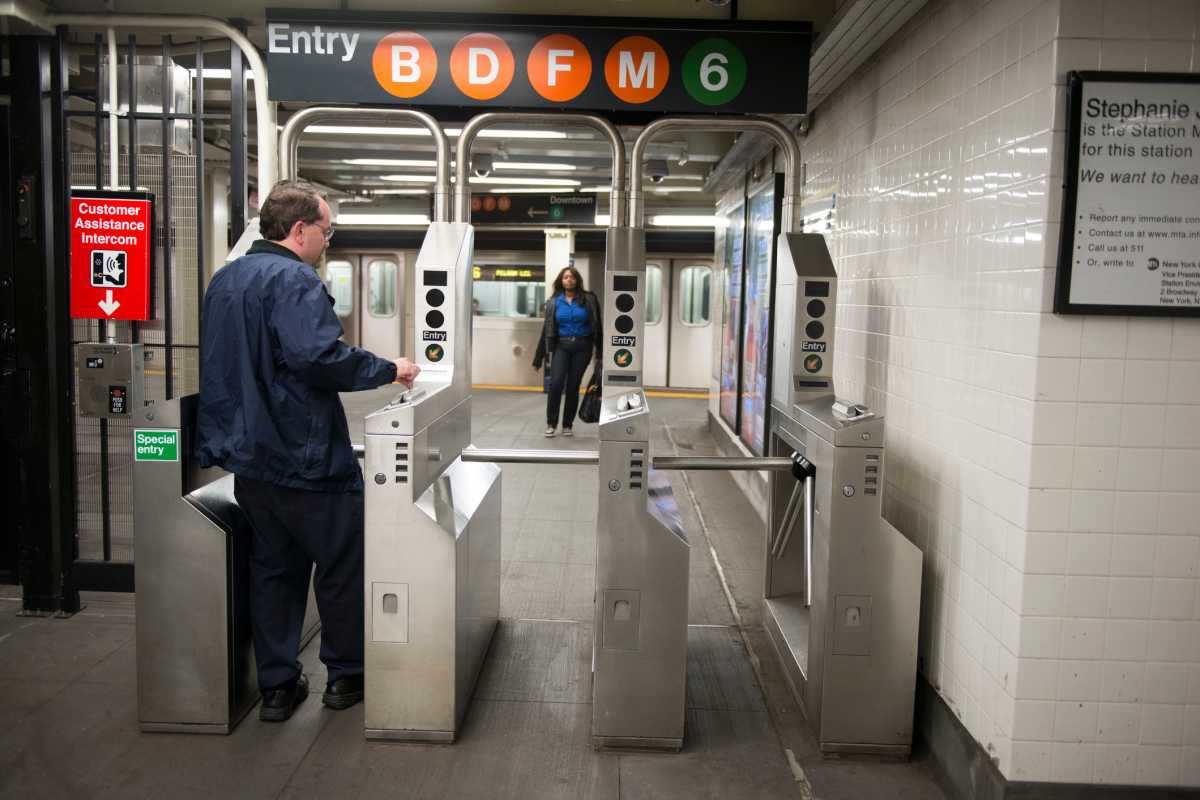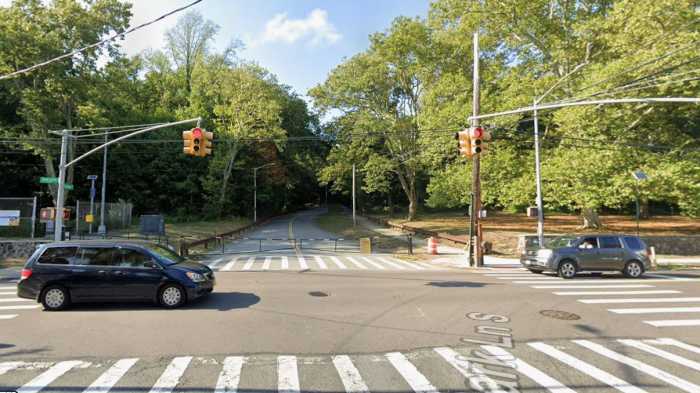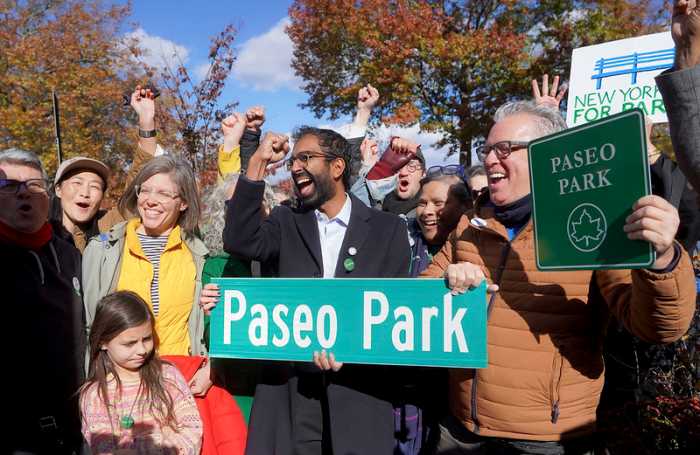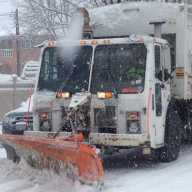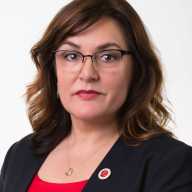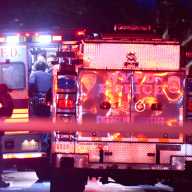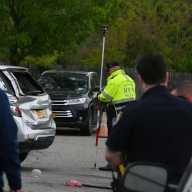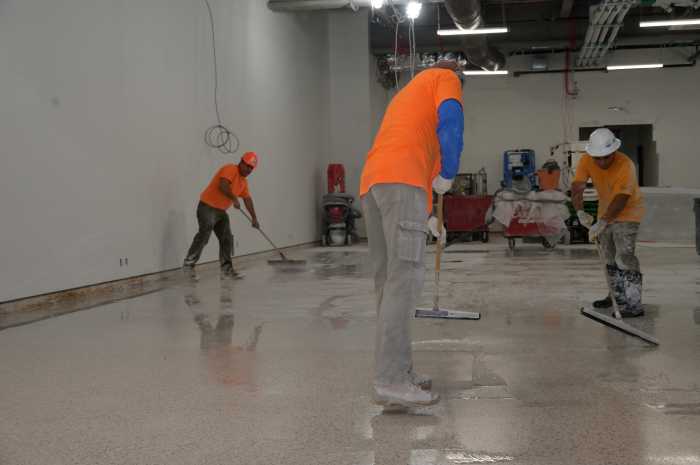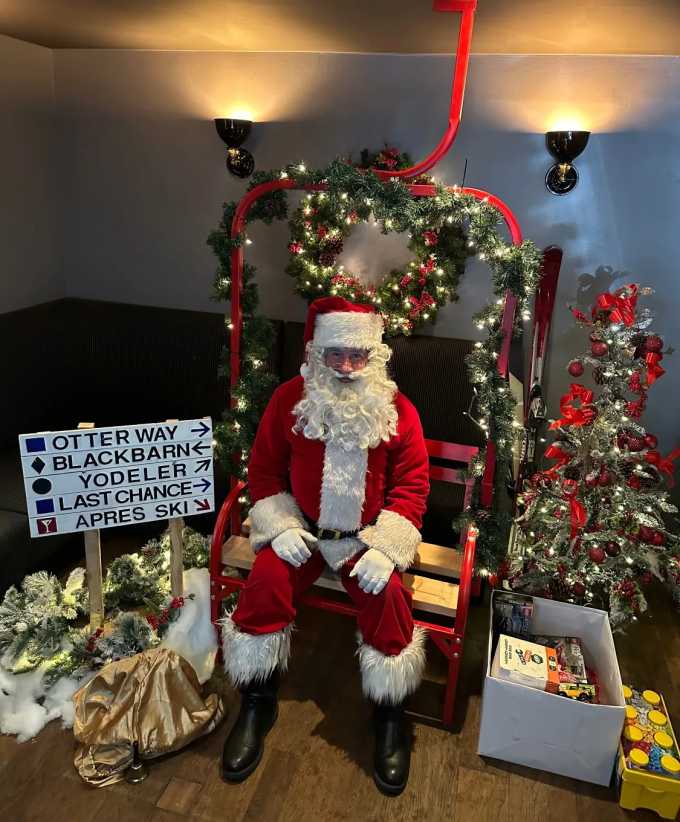The MTA discovered the source of an issue that caused the 7 train – among 13 other lines – to experience hours of delays Monday morning.
Sally Libera, senior vice president of subways at New York City Transit, told reporters that afternoon that not only was the signal malfunction resolved, but also the system worked just as planned.
When a signal transponder was misplaced during weekend work between 42nd Street – Grand Central Station, all trains on the line began running further apart to prevent a collision, Librera said.
“We’ve confirmed the cause of the incident [Monday] morning — it was an isolated case of human error … In order to do track work, we removed a transponder. When we returned it, we returned it to the incorrect location,” Librera said. “Our signals weren’t able to correctly identify the placement of the train and they appropriately slowed the trains down and spaced them farther out so we could operate safely. Our signaling system worked exactly how it’s supposed to work.”
The misplaced transponder was found 100 feet from where it should have been installed, and was further into the East River tunnel than expected.
The MTA is now conducting a full investigation to determine how the human error occurred so further problems can be avoided in the future.
The 7 train is somewhat new to the Communications-Based Train Control (CBTC) having only been installed with the digital signaling system earlier in 2019, but this would seem to be the first reported incident such as this that the MTA has publicly attributed to a misplaced transponder.
But not all delays were related to the issues with the 7 train.
Librera said the 7 train’s woes were not connected in to other lines affected by a switch problem at 36th Street in Queens on the M and F lines.
“That compounded the issue for our 7 line customers who may have transferred to the 7 line at Roosevelt for service into Manhattan, “ Libera clarified.
Riders Alliance policy director Danny Pearlstein called for Governor Andrew Cuomo to enact a congestion pricing plan, which he proposed in 2017 and which was authorized in the state Legislature in 2019.

